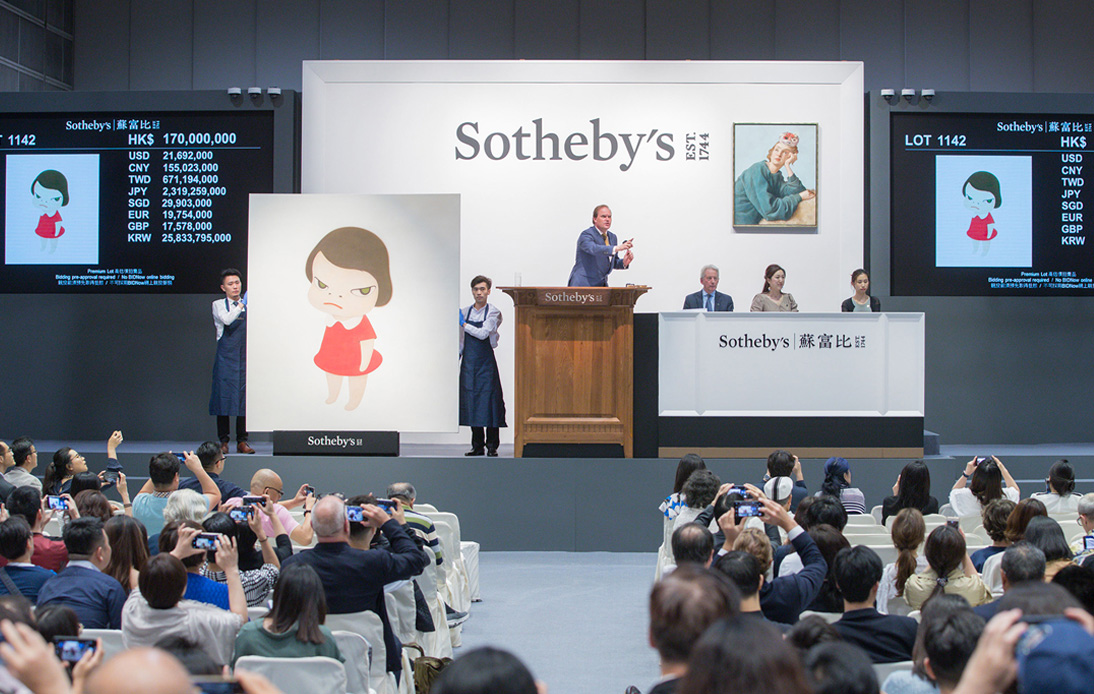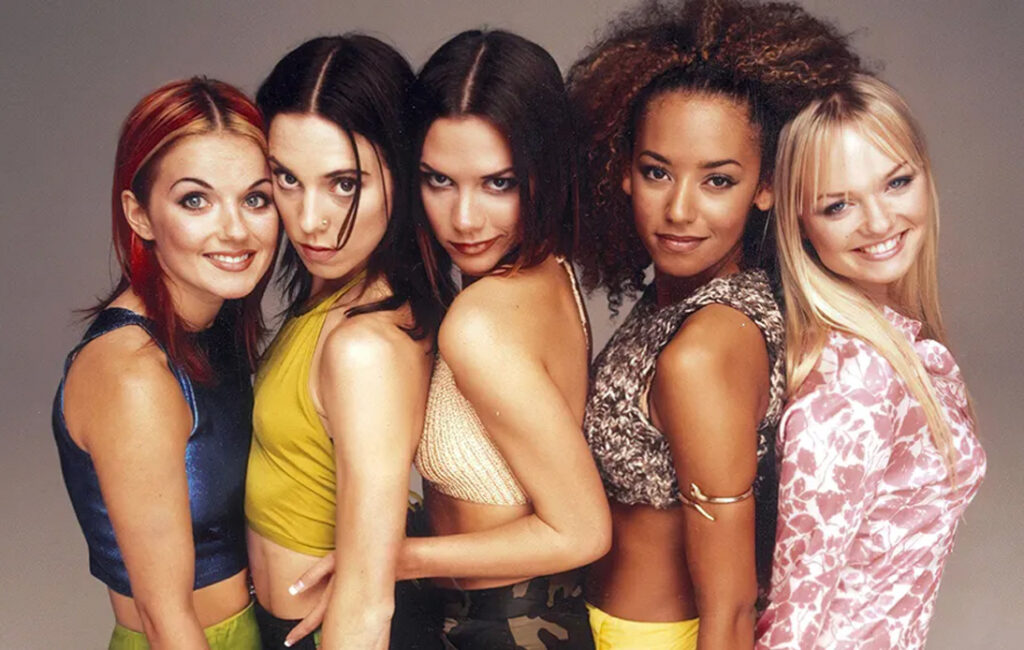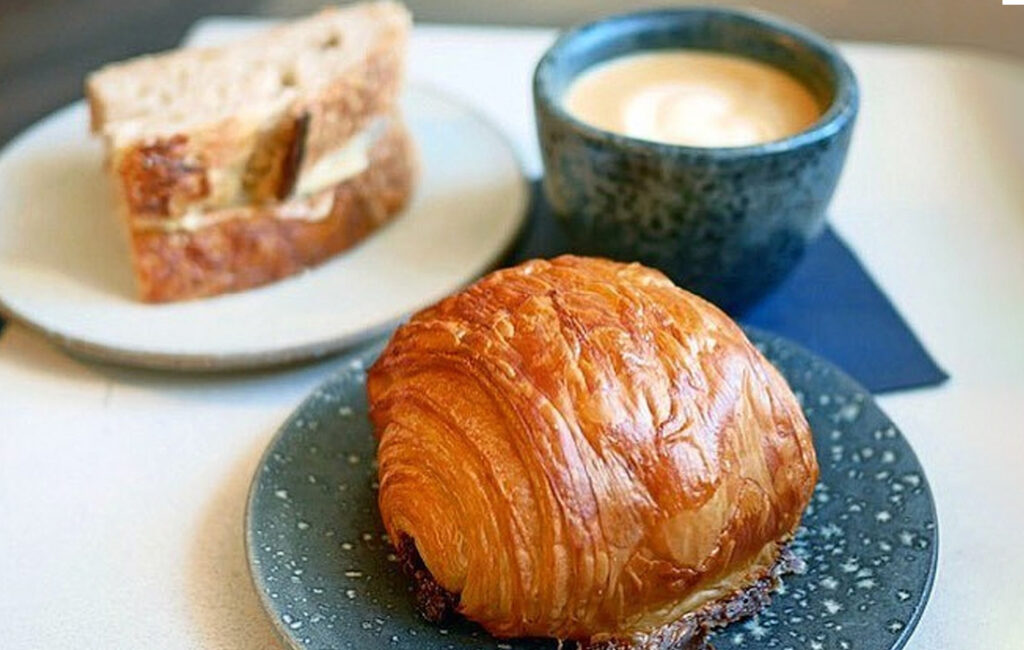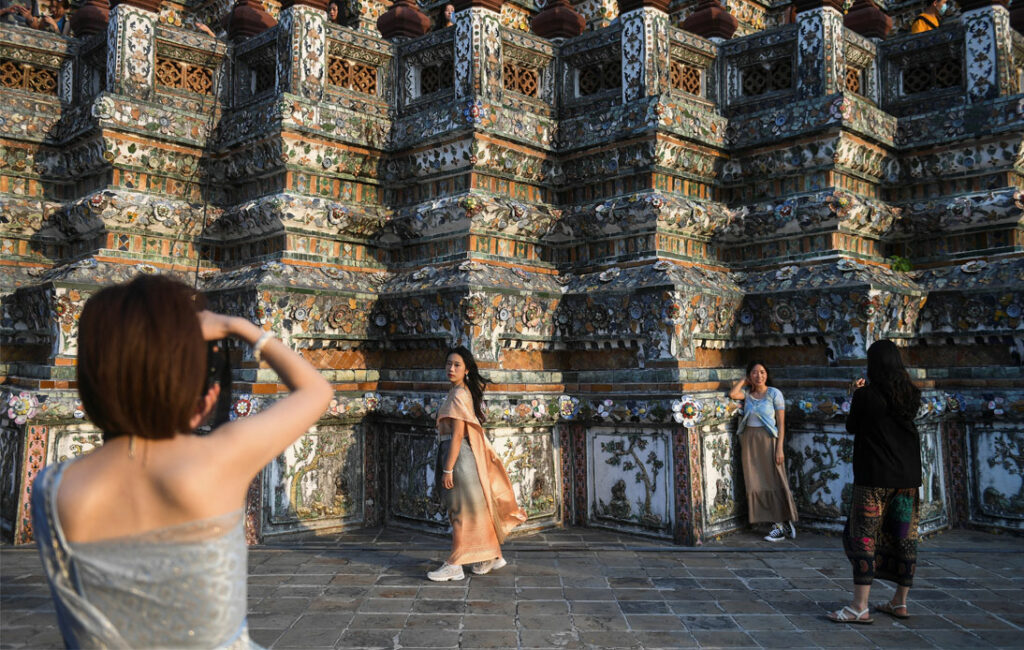
So far, in 2021, four paintings from modern and late artists have sold at auction for over $50 million (1.6 billion baht) per work.
While these aren’t the highest prices that art collectors have paid throughout the years—the most expensive piece to sell at auction being Leonardo da Vinci’s Salvator Mundi painting in 2017 to the Saudi Minister of Culture—it does show just how lucrative it can be to buy and sell art as a financial investment.
When most people think about investing for the future, traditional securities like stocks, long-term equity funds, and retirement mutual funds are typically the first financial vehicles that come to mind.
However, investing in art can be an equally lucrative way to invest for long-term growth and prosperity.
Many viewers of art may think that it’s only for people with a lot of money to burn or those looking to add some color to their office walls at home, but the truth is that there are many ways to invest in art if you have some extra capital.
Let’s explore why you should consider curating a small art collection over ten or more years and discuss how to start purchasing your first art pieces.
Why Invest in Art?
Investing in a small art collection is something that can provide you with significant returns over the long term.
If you purchase pieces that would later become classics of their genre or industry, then you could make tremendous profits off your initial investment by holding onto those pieces for a decade or more.
Some investors even purchase art to pass it down to future generations, which builds generational wealth using an asset that generally appreciates over time.
Investing in Art vs. Investing in Stocks
Compared to other financial vehicles like stocks and bonds, investing in art is incredibly simple.
Unlike more traditional securities, the price of artwork generally doesn’t change when the stock market goes through a correction period, making it a great hedge against other investment options.
That’s why it’s a great idea to have just a modest percentage of your investment portfolio in art holdings.
Investing in stocks usually requires a lot of research before making any purchases and involves following trends of constantly changing industries.
Meanwhile, investing in art can be done from the comfort of your home, requires less research, and has a purely subjective value rather than being based on the performance of publicly traded companies.
However, that’s not to say that investing in art isn’t risky. Like most investing strategies, buying art involves taking risks.
Investing in art often means investing in an artist and their perceived value within society.
However, investing in significant artists can be seen as safer because they tend to have followers and fans who continue to purchase their work after they’ve passed away.
How to Start Investing in Art
Knowing how to start investing in art requires being realistic about your budget and tastes.
Investing doesn’t necessarily mean spending a lot of money; instead, it’s often thought of as simply placing capital into an asset that you expect will appreciate over time, like investing in fine wine or gold.
If you have the financial means to invest in art pieces for your home (whether by buying entire collections at one time or purchasing individual works every so often), then start with something affordable before working your way up to more considerable investments.
The best way to find affordable art is by visiting local galleries and antiquities shops—visiting physical locations allows you to see what’s available and talk directly with some artists and dealers whose work interests you.
In Thailand, Thai art masters like Prasong Luemuang and Thaw
However, things are quickly changing as younger and established collectors looking to invest in contemporary art from local artists. And this is where the most incredible opportunity lies for investors with modest budgets.
By involving yourself in the art scene throughout Bangkok and other prominent areas in Thailand, you have an opportunity to locate up-and-coming artists within your area who might later gain international recognition.
And given enough time, the pieces you pay for could appreciate substantial sums if you’re able to select works of art that people value in the future, making it a high-risk, high reward investment opportunity.




















